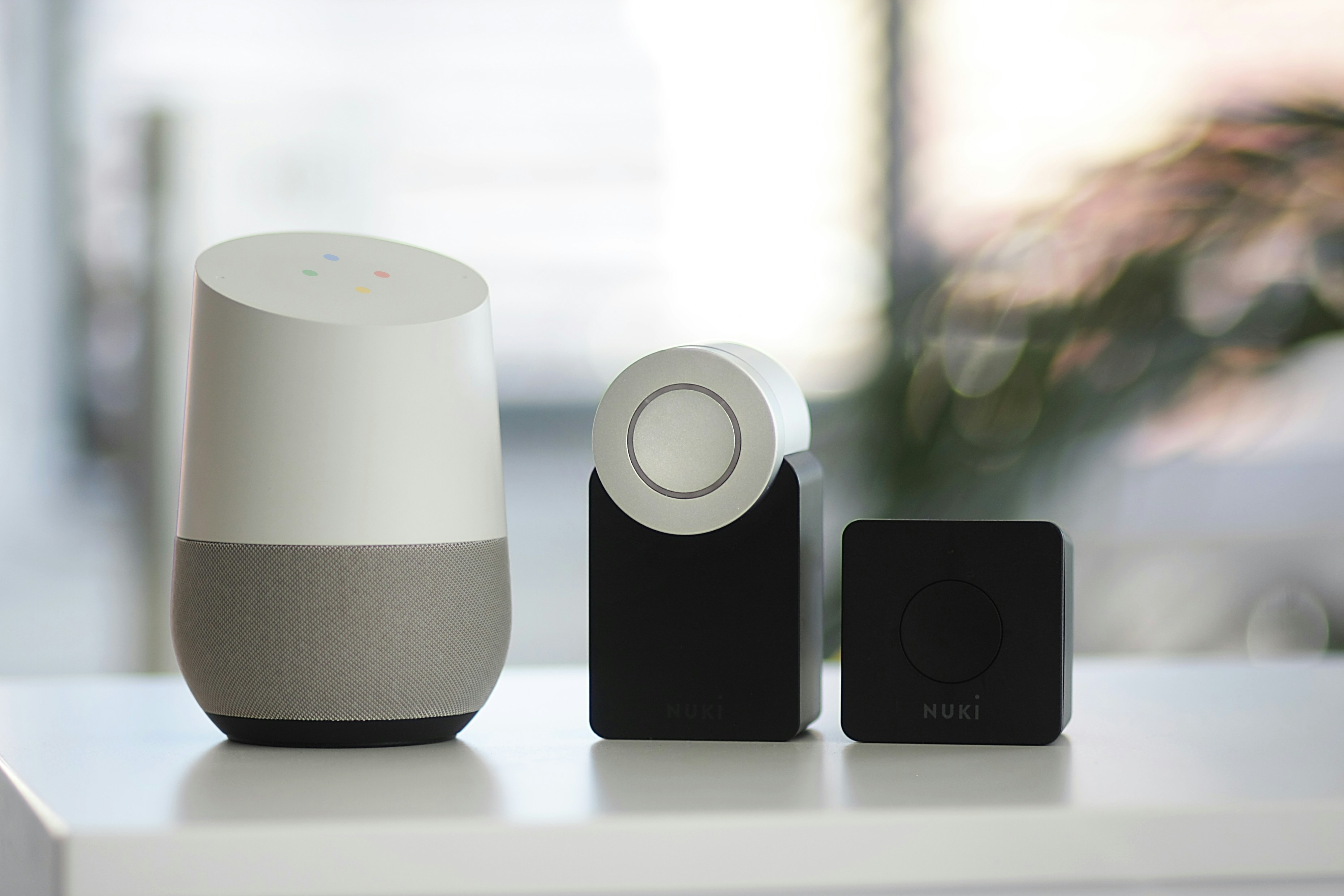
Design A Connected Home With Innovative Devices For Every Room
Smart homes use technology to create an environment that feels both comfortable and intuitive. Lights can shift to match your mood, your coffee starts brewing as soon as your alarm sounds, and the temperature always sits at your perfect level. Setting up a connected living space does more than simply add convenience; it brings a sense of calm and enjoyment to your everyday routines. With the right mix of thoughtful design and helpful devices, you can shape a home where each room supports your lifestyle and makes daily activities feel effortless. Every detail works together to welcome you and make each day run a little smoother.
When you focus on genuine benefits—like reducing chores, enhancing comfort and keeping loved ones safer—you ignite enthusiasm for small upgrades that deliver big smiles. Let’s dive into a room-by-room guide packed with fresh suggestions and clear steps you can follow right away.
Planning Your Connected Home
Before you pick devices, plan what you want to accomplish. Maybe you aim to spend less time juggling tasks, or create a home that adjusts itself to your family’s schedule. Write down daily challenges: Do mornings feel rushed? Are dim hallways a safety hazard at night? Defining goals helps you choose tools that fit into your lifestyle instead of overwhelming it.
A thoughtful plan also keeps your budget on track. By bundling purchases or taking advantage of seasonal deals, you can spread out costs and avoid impulse buys that don’t add real value. Here’s a simple roadmap to get started:
- Identify Priorities: List three areas where automation would save time or boost comfort. Examples include climate control, hands-free lighting or security alerts.
- Check Compatibility: Make sure new gadgets work with your existing router, voice assistant and smartphone. Look for products that follow open standards like Zigbee or Z-Wave.
- Set a Budget: Allocate a target amount per room, considering installation costs for hardwired systems like smart thermostats.
- Schedule Upgrades: Phase your purchases. Try one or two trials in each area before expanding your network.
- Test and Adjust: Once devices arrive, spend a weekend setting them up. Fine-tune automations and scenes before moving on to the next zone.
Smart Living Room Devices
Your living room serves as the center of gatherings, movie nights and casual chats. By adding a few well-chosen smart products, you’ll elevate every get-together. Start with voice-activated speakers that act as digital hubs. When you ask for music, control your lights or catch up on news, you free your hands for popcorn and blankets.
Next, integrate your entertainment system into a single interface. A universal smart remote takes the guesswork out of toggling between streaming apps, cable boxes and soundbars. Finally, consider automated lighting that shifts from bright reading mode to soft evening glow at a tap or voice command.
- Amazon Echo Show: Stream live feeds from your front door camera while adjusting the volume with a simple voice prompt.
- Philips Hue White and Color Ambiance: Sync with your favorite TV shows so lights flash or fade to match on-screen scenes.
- Multi-device hub: Combine Bluetooth, Wi-Fi and Zigbee signals into a single touchscreen control panel.
Smart Kitchen Innovations
The kitchen offers many opportunities for connected upgrades. Imagine a refrigerator that tracks grocery levels, alerts you when milk runs low and displays your family calendar on its exterior screen. Paired with smart lighting under cabinets, you create a bright workspace when you prepare meals and a cozy glow during cleanup.
Another game changer comes with automated cooking devices. Devices like *Smart Oven Pro* adjust time and temperature based on ingredient weight and recipe type. That means perfectly baked chicken or crisped vegetables without hovering over the stove. A pull-out voice assistant conveniently reads recipes aloud and timers ping you right when dinner’s ready.
Bedroom Comfort and Convenience
In the bedroom, focus on rest and personalization. A smart thermostat can gently lower temperatures at bedtime and raise them before you wake. Combined with motorized shades, your room subtly shifts to match your sleep cycle. This approach promotes relaxation and reduces energy usage by cooling less when you’re away.
Consider a sleep-tracking lightpad under your mattress that monitors breathing patterns and adjusts cover temperature accordingly. Paired with a voice-controlled bedside lamp that simulates sunrise, you’ll wake up gently without jarring alarms. These subtle adjustments create a feeling of well-being each night and morning.
Bathroom Tech Upgrades
Bathrooms work well for discreet automation that improves everyday routines. A smart mirror equipped with integrated speakers can stream podcasts while you get ready. Mirror-integrated LED strips automatically brighten when humidity drops and dim once an evening skincare routine begins.
For water savings and comfort, install a digital shower controller that maintains precise temperature and flow. You can even program a ‘wake-up shower’ scene with a brief pulse of cooler mist followed by warm rainfall. Meanwhile, sensor-operated faucets and toilets reduce touchpoints and keep surfaces cleaner.
Integration and Automation Tips
Once you’ve outfitted multiple rooms, connect everything with centralized software. Look for platforms that let you group devices into 'scenes'—for example, a ‘movie night’ button that dims living room lights, closes motorized shades and powers on the soundbar. Always test each scene so timings feel natural rather than abrupt.
Schedule regular check-ins to update firmware and tweak settings. Over time, you’ll notice patterns—like needing the hallway light five minutes earlier on weekdays—and you can adjust schedules accordingly. Save your configurations so new devices join the network without manual reprogramming.
Thoughtful planning and smart choices let you turn your house into a lively environment that feels truly yours. Start small, iterate often and enjoy the freedom connected living provides.
Start by installing one *device* in a room and experience how easily it becomes part of your daily routine.